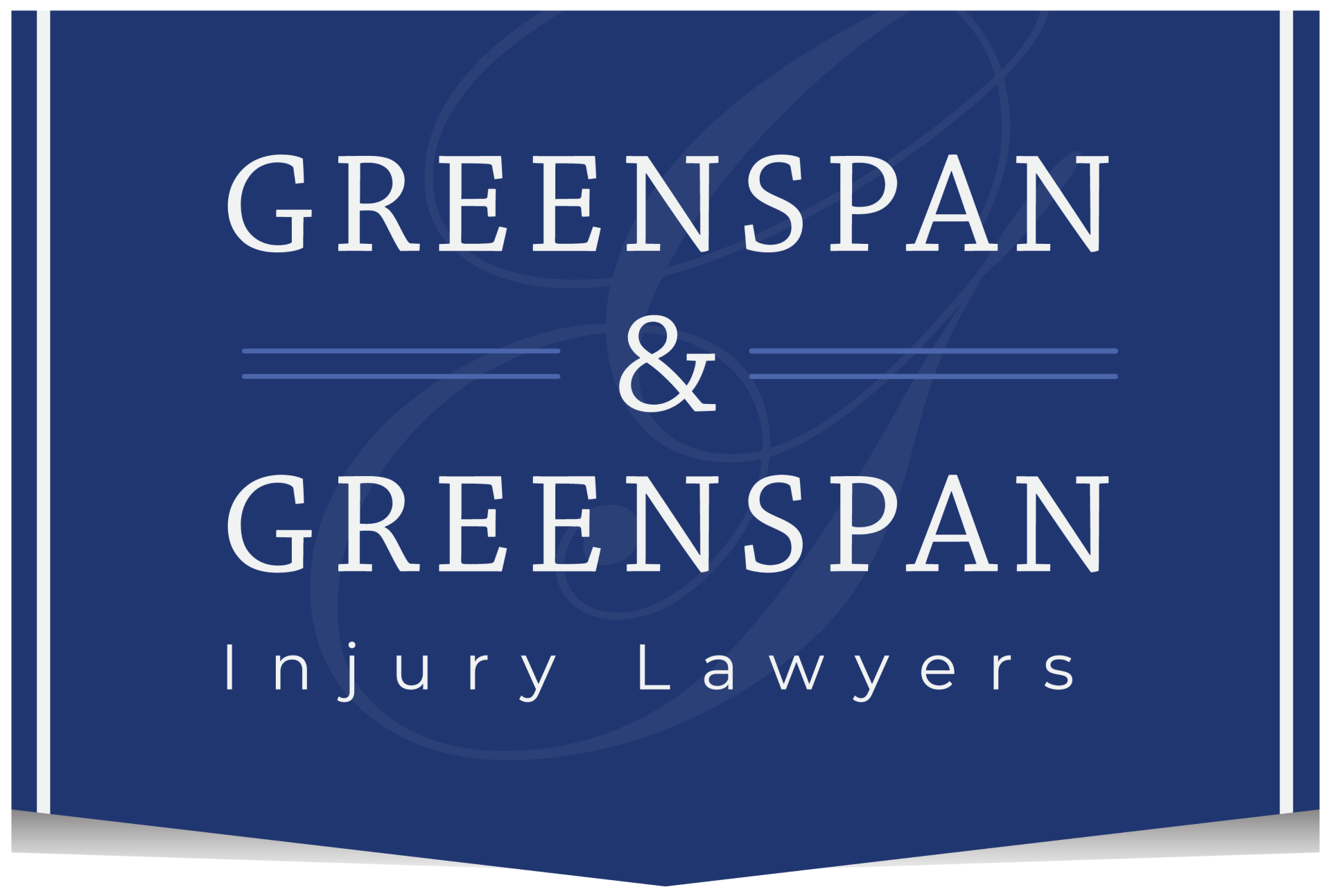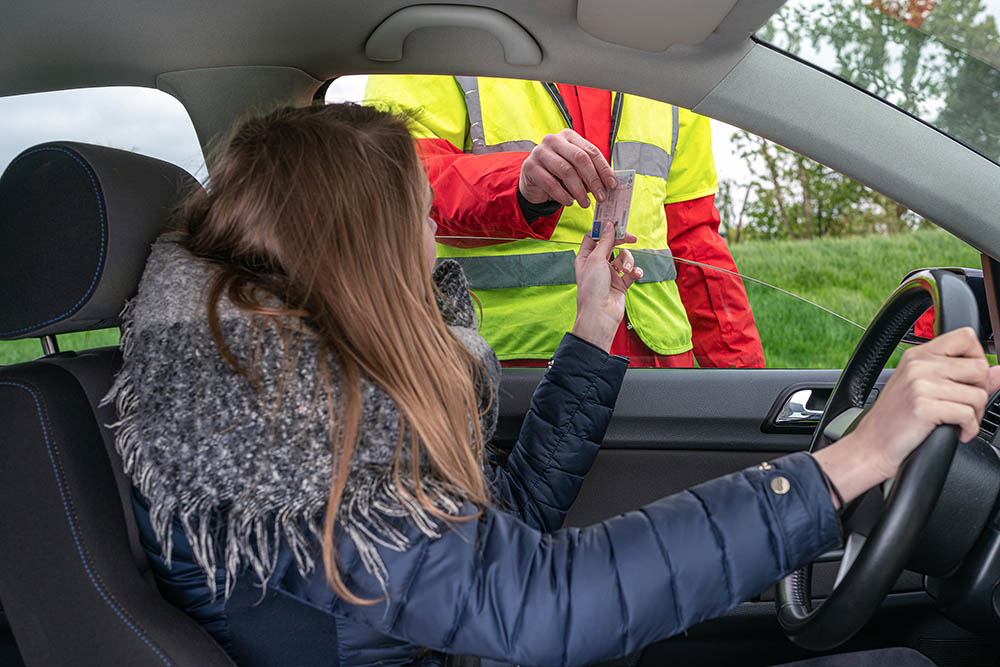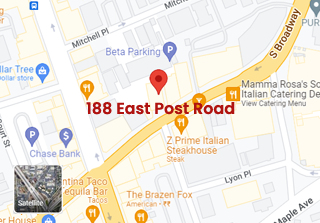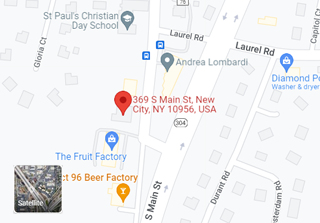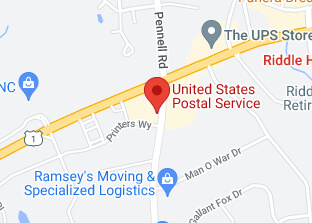Driving can be dangerous. Things can happen while someone is driving that can lead to an accident, often involving other drivers. While many accidents happen because someone ignores the rules of the road (speeding, running red lights, etc.), three conditions having nothing to do with other drivers or vehicles can lead to a car crash. Here’s what you need to know.
Drunk Driving
Drunk driving is prosecuted in New York as Driving While Intoxicated (DWI). Drugged driving is prosecuted as Driving While Ability Impaired by Drugs (DWAI-Drugs). New York does not utilize the term DUI. The drugs can be illegal or legal; many prescription drugs have side effects that cause them to warn people against operating heavy machinery (including vehicles) while using them. They can slow reflexes or even cause someone to fall asleep while driving.

There are different levels of DWI and DWAI Drugs depending on the type and amount of alcohol or drugs taken. Usually, a first offense can lead to a fine of $500-1,000, and at least six months of having your driver license revoked. The statute provides for jail time as a sentence, but for first time offenders, jail time is generally not imposed. Subsequent offenses face stiffer consequences, including jail time, community service, increased fines, and the possibility of having the New York driver license permanently revoked.
Drowsy Driving
Drowsy driving is a type of impaired driving that doesn’t involve things like drugs or alcohol. It could be because someone worked a longer-than-usual day, didn’t get enough sleep the night before, doesn’t feel well, or because of conditions like sleep apnea or insomnia. It can cause a driver to have impaired reflexes or even fall asleep while driving.
In New York, there currently aren’t any laws that make drowsy driving illegal. However, if someone is driving while fatigued and causes an accident, they could be held liable for damages in a civil lawsuit, especially if their passenger or another driver was seriously injured in the crash.
Distracted Driving
In the age of cell phones and vehicles with touch-sensitive dashboards, distracted driving has become an increasingly common cause of car accidents. It’s not just phones or dashboards either; eating while driving, reading digital billboards on the side of the road, and talking with a passenger in the front seat or in the seat behind are all situations that cause a driver to take their mind (and eyes) off the road in front of them. Distracted driving can have tragic consequences. A distracted driver may not notice a car pulling in front of them, an animal darting into the street, or a traffic slowdown ahead.

New York law specifies that drivers are not to use a hand-held device while driving (unless calling the police or for emergency services). Being ticketed for using a portable electronic device can lead to consequences, including fines of $50-200 for a first offense and more for subsequent offenses. It also adds five driver violation points to their driving record. If someone receives 11 points within 18 months, their license could be suspended.
How Does New York Handle Comparative Negligence?
In any kind of car accident, liability is going to be determined in order to assess the damages to the party at fault.

In the U.S., three types of comparative negligence are used by various states:
- Contributory negligence. Only a handful of states use this. It says that if the injured person has even the most minor role in the accident, that liability makes them unable to claim damages.
- Modified comparative negligence. Many states across the U.S. use this. It states that if the injured person is found to be either 50% or 51% (depending on the state) at fault for the accident, they can’t claim damages. If the injured person is found 49% liable, they can claim damages but will only receive 49% of the compensation awarded.
- Pure comparative negligence. Pure comparative negligence means that even if the injured person is 99% responsible for the accident, they can still claim 1% of the damages. New York State follows pure comparative negligence. That’s why even if you were driving while drunk, drowsy, or distracted, you should work with an experienced car accident attorney who can help determine if the other party had some fault in the accident to help reduce the damages you may owe.
If you were injured by a drunk driver, we can help you obtain the justice that you deserve!
What Should I Do if I Was in a Car Accident With a Drunk, Drowsy, or Distracted driver?
Call Greenspan & Greenspan Injury Lawyers at 914-946-2500 for a free initial consultation with one of our White Plains, NY, car accident attorneys. These are complex cases that can lead to severe consequences, so you’ll want an experienced, knowledgeable attorney working with you as soon as possible.
Don’t enter into any communication with the other driver’s insurance representative or attorney. They’ll want you to take most or all of the blame for the accident. They could also try to convince you to accept a much lower settlement than you’re eligible for. Don’t respond to any emails, letters, or phone calls you receive from them. Forward them to your attorney instead.
